|
You may have read a lot about the Dakota Access Pipeline (DAPL) recently, more specifically the #NODAPL protests and subsequent tensions between law enforcement and the Standing Rock Sioux tribe in North and South Dakota. If you’re unfamiliar with the pipeline, the below videos (also available here and here), provide relatively thorough summaries of recent events.
*The below video shows real footage of protesters being targeted by law enforcement. Coverage is from Democracy Now, and may be unsettling to some viewers. Also, it’s worth noting that Amy Goodman of Democracy Now (the first news organization to send a reporter to Standing Rock to cover the protests, is facing criminal charges for her coverage of the pipeline.
The pipeline has been around for almost two years, although it only recently made headlines for the massive protests against its installation in the Dakotas. Protesters include locals, and environmental and indigenous activists. According to a Time article,
“‘Tribal leaders and indigenous leaders have been talking about the need to keep fossil fuels in the group for a long time,’ says Lena Mofitt, director of the Sierra Club’s Dirty Fuels campaign. ‘It’s a natural partnership.’
There are benefits to the pipeline, which would allow the US to continue its energy independence from the Middle East. However, the overarching question is whether these benefits outweigh the lasting damages it will have on the nearby tribe and environment?
The implementation of the pipeline reveals a problem prevalent throughout US history: our treatment and exploitation of Native people. If DAPL is completed, it will interfere with Standing Rock’s right to clean water, trivialize the importance of their burial grounds (one of which will be destroyed if the pipeline is built), and further illustrate the lack of value placed on Native lives. Native Americans have been subjected to many social, political, and economic struggles in the US (which you can read more about here), and this is no exception. Many have taken a stand to support the Standing Rock Sioux tribe, like actress Shailene Woodley who was arrested with other protesters on October 10th for trespassing. She livestreamed her arrest below on her Facebook page. Other notable celebrities supporting Standing Rock include Leonardo DiCaprio and Rosario Dawson.
Not only is DAPL facing a lot of backlash, but it also undermines the wellbeing of those living in Standing Rock. Morally, this pipeline is a clear infringement on Native rights, and that needs to be taken more seriously than DAPL’s economic benefits.
0 Comments
A recent Blue Lives Matter display by Republican students for National Police Week at Dartmouth College was removed and replaced with Black Lives Matter posters, sparking a lot of discussion about the two movements. In reference to the removal of the display, one of the Black Lives Matter activists, Mikala Williams, stated, "It was taken down by students and replaced because it actively co-opted a movement that is supposed to comment on police brutality against black individuals in this country. It took that and by framing that as 'Blue Lives Matter,' it normalizes and naturalizes violence against people of color in this country. And that is not okay. That is in no way okay." The College Republicans wrote the following e-mail to Dartmouth's president and Board of Trustees in response to the incident; "All we ask is that the protections and freedoms of self-expression afforded to other student organizations be extended to us. We do not see the Black Lives Matter and Blue Lives Matter movements as mutually exclusive... It is possible to recognize the service and contributions of law enforcement officers while simultaneously pushing for reform to correct the grave mistakes of the small minority of officers. On National Law Enforcement Appreciation Week, we just hoped to highlight the monumental sacrifices made by these officers to protect us everyday.” This incident at Dartmouth College has caused a re-emergence of misconceptions about Black Lives Matter. Contrary to what many Americans believe, Black Lives Matter is not an attack on police officers, but rather the growing police violence against black Americans and other minorities. Police brutality is an issue black Americans have faced for decades. Tensions with law enforcement even started long before the Civil Rights Movement during the 1960s as a result of Jim Crow laws, the lasting effects of slavery, and racial profiling.
Even today, an disproportionate number of blacks are targeted by police. In 2015, black men were nine times more likely to be killed than white men In the same year, 1,134 young black men were killed by law enforcement officers (for more perspective, black men between the ages of 15-34 years make up 2 percent of the total U.S. population, but account for over 15 percent of all deaths logged in 2015). Black Americans (and young black men especially) are increasingly more likely to be labeled as "thugs" or "criminals," labels that are used to justify deadly shootings and the deaths of black men. After the Baltimore riots (a response to the death of Freddie Gray while in police custody), NPR aired a discussion on the word “thug” between host Melissa Block and Columbia University English professor John McWhorter. Block says, "It is a sly way of saying there go those black people ruining things again. And so anybody who wonders whether thug is becoming the new N-word doesn't need to. It most certainly is." Block and McWhorter are not the first to notice the difference in terminology when covering white rioters and black “thugs.” As a result of this treatment by the police, there is a deep distrust of law enforcement among blacks, especially when compared to whites. The data collected by a Pew Research study shows a substantial difference between the level of confidence blacks and whites have for the police. A recent task force investigating racism within the Chicago Police Department, the second-largest metropolitan force in the U.S. behind the New York City Police Department, found the department plagued by systematic racism. For example, whites, blacks, and Hispanics each make up approximately 33 percent of Chicago's population, but 74 percent of the people shot by the CPD between 2008 and 2015 were black. There were significantly more blacks shot in Chicago during these years than whites, which indicates an underlying racial problem. The task force made over 100 specific recommendation to address the racial discrepancies within the police force. Black Lives Matter was founded by Alicia Garza, Opal Tometi, and Patrisse Cullors in response to the 2012 shooting of Trayvon Martin by George Zimmerman. The movement quickly transformed into a platform for black Americans to respond to and combat racism within the U.S. law enforcement. The movement is not claiming all officers are racist, but rather aims to address the institutional racism still embedded in our criminal justice system from decades ago. While police officers should be celebrated and thanked for their dedicated service, Blue Lives Matter (and All Lives Matter, another counter trend) appears to negate Black Lives Matter more than it supports the police. You can support the police while still recognizing its general mistreatment of minorities. Black Lives Matter isn't arguing that other lives don't matter, but right now the conversation is about black lives. NOTE: Originally posted on The Odyssey and reproduced with permission from the author. This is a really great video, but I think we should think about maybe saving all of Syria instead of just the children. I recently purchased some mobile phone lenses from Amazon for my upcoming trip to Italy. I typically use my phone to take pictures when I travel, and I wanted some lenses to make the pictures as best they could be. I found a set of three from Play x Store for less than $20, which you can view here. The set came with three lens (Fisheye, Macro, and Wide Zoom), four lens caps, a carrying pouch, and a clamp. The lens themselves are very sturdy, and don't feel cheap. The Macro lens screws onto the Fisheye lens until you want to use just the Macro lens. They screw into the clamp very smoothly, and do not get stuck or scratched. I was very surprised at how nice quality these lens were. This set is very easy to use. After placing the clamp over your phone’s camera, just screw in the lens you wish to use. I think this will be very good for traveling, since it is quick and easy to use. I took some pictures with each lens below for you to see. Below are two comparisons of the Fisheye lens. According to its Amazon description, the Fisheye lens offers a 180 degree field of view. Although it needs a little cleaning, it took very standard fisheye effect pictures. I can certainly see myself using this in the future, not only for travel but also for blog posts. The images on the left are without the lens, and the images on the right are with the lens. I like this lens, but I think it may be difficult to use as its very sensitive to light and it shows dirt very easily. The next lens I looked at was the Macro lens. According to Amazon, the Macro lens shows the smallest details, and enlarges the image 10X. This is my favorite of the three lenses. You’re limited in what you can do with it, since it’s mostly for close-ups and will appear blurry if it is too far from its subject, but it has a very high attention to detail. I was amazed at how well it picked up on the small details of my cactus (image below), especially for a clip-on lens for an iPhone. The two comparisons below show the original images (top and left) with the macro lens images. I doubt I will use this lens much in Italy, but it will be useful for other pictures. The final lens is the Wide Zoom lens, which I think will be the most useful for travel. According to its description from Amazon, the Super Wide 0.4X expands the viewing angle 4x, and is useful for parties, travel, and entertainment. This lens is easy to focus and has low distortion. I like this lens a lot, and I know I will definitely be using it on my trip. Looking at the two comparisons below, the Wide Zoom lens allows my camera to capture a larger image. The original images, which are the top and left pictures, are much more narrow without the lens. This lens will definitely come in handy for my more “touristy” pictures. My one complaint is that it is difficult to lay the lens over your phone’s camera if you have a bulky case. However, I was fine with removing my case to use them, and this was a minor inconvenience for me.
Overall, I would definitely recommend these lens to anyone interested in buying [relatively] cheap lens for their phones. They’re great for quick pictures if you’re not interested in lugging around a real camera with all of its equipment. I especially like how easy it is to use these lens, and how little space they take up. I can easily carry them around with me wherever I go, and clamp them on when I want to take a picture of something. If you’re interested in purchasing these lens, you can check them out here. The same company also offers a 4-in-1 lens set for a similar price, with the addition of a CPL circular filter lens to remove unwanted glares from non-metallic surfaces (like glass and water).
|
Miscellaneous shenanigans. Archives
October 2016
Categories |
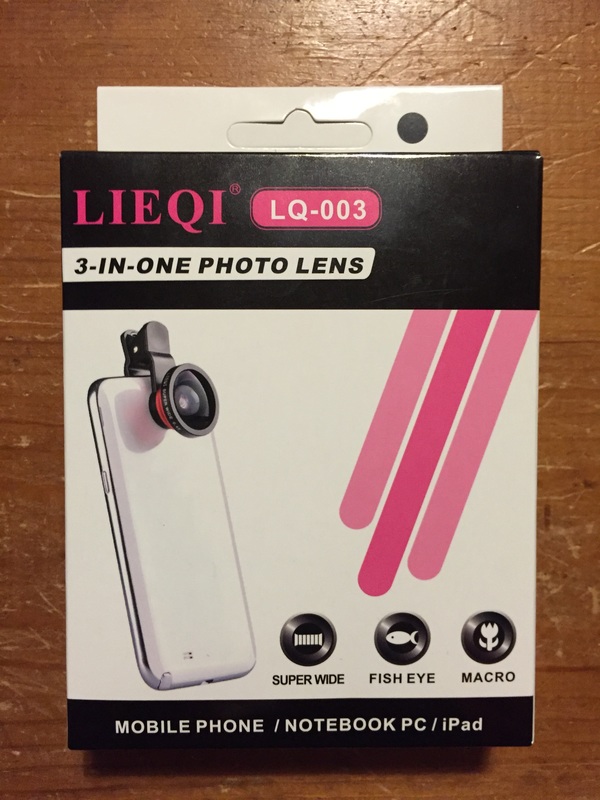


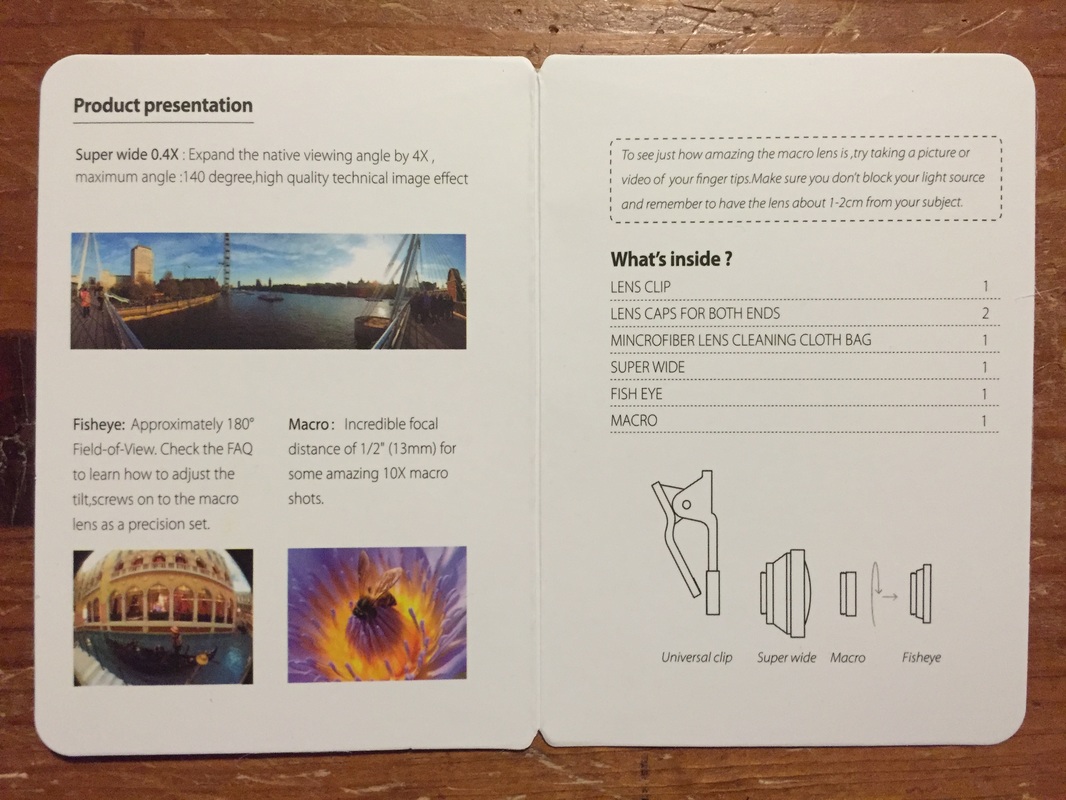
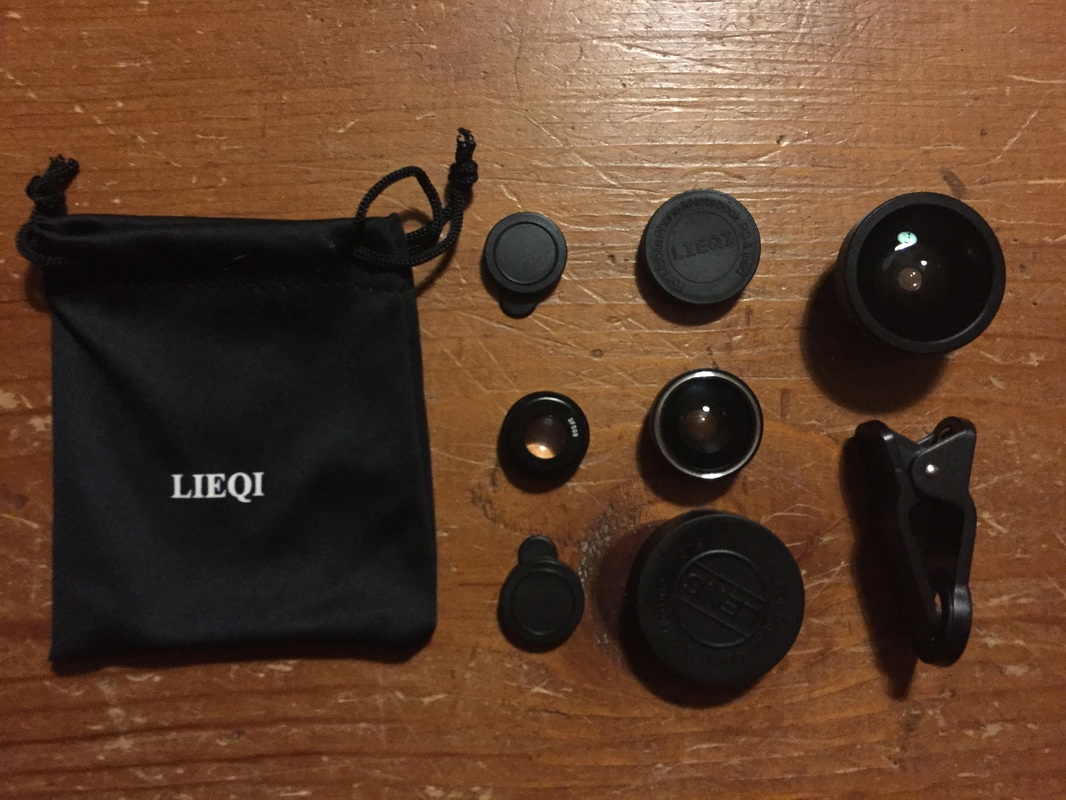











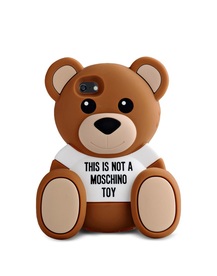
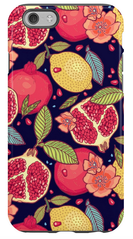


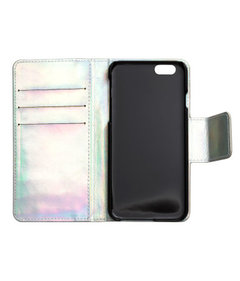

 RSS Feed
RSS Feed
